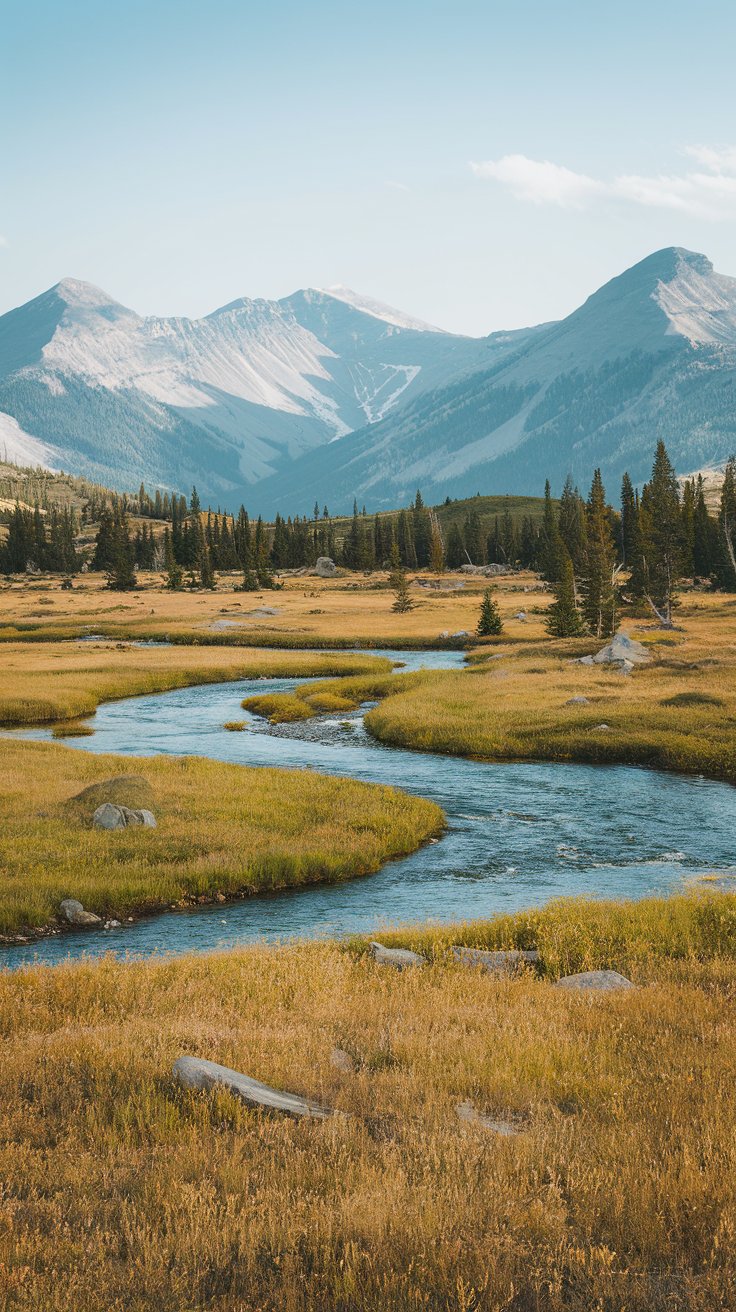A tribute to the raw beauty of nature and a symbol of environmental preservation, Yosemite National Park is one of America’s most iconic and beloved wilderness areas. Sculpted over time by ancient glaciers, Yosemite is home to towering granite cliffs, thunderous waterfalls, winding rivers, dense forests, and peaceful meadows. Situated roughly 200 miles (320 km) east of San Francisco, this awe-inspiring landscape was first protected in 1864 thanks to the passionate efforts of Scottish-American naturalist John Muir.
Today, Yosemite welcomes nearly 4 million visitors each year who come to experience its unmatched beauty. While some of the park’s most famous sights can be seen from the Yosemite Valley floor, the real magic lies along the more than 800 miles (1,300 km) of hiking trails. These paths lead to breathtaking overlooks, alpine meadows, and ancient groves of sequoias.
10. Tuolumne Meadows
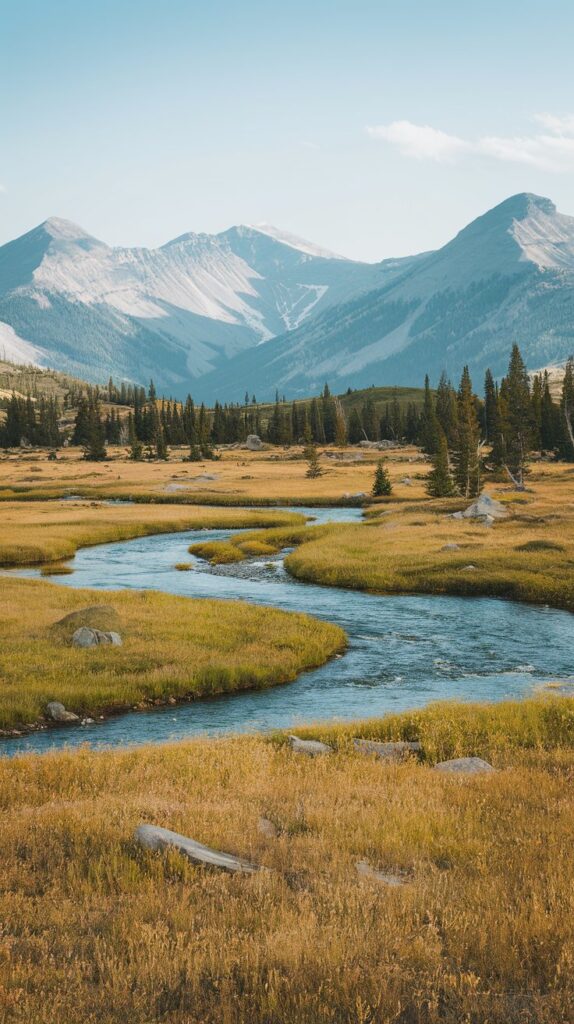
The Tuolumne Meadows region showcases the stunning variety of Yosemite’s landscapes. Located about an hour northeast of Yosemite Valley, this broad, flat basin is surrounded by granite peaks and smooth domes. It’s a fantastic spot for family vacations, offering opportunities for camping, swimming, and fishing along the Tuolumne River. Easy trails lead to natural wonders like Soda Springs and stretch along the famous John Muir Trail. Day hikes to the area’s sparkling alpine lakes are a must for nature lovers.
9. Bridalveil Falls

Bridalveil Falls is one of the first sights that greet visitors entering Yosemite from the west. Soaring more than 60 stories tall, it’s especially striking in the spring when melting snow sends torrents of water over the edge. The wind often sweeps the water side to side, giving the falls a misty, floating effect. A short 20-minute hike from the parking area brings you to the base, and although there’s a brief uphill climb at the end, it’s one of the park’s most accessible trails.
8. Sentinel Dome
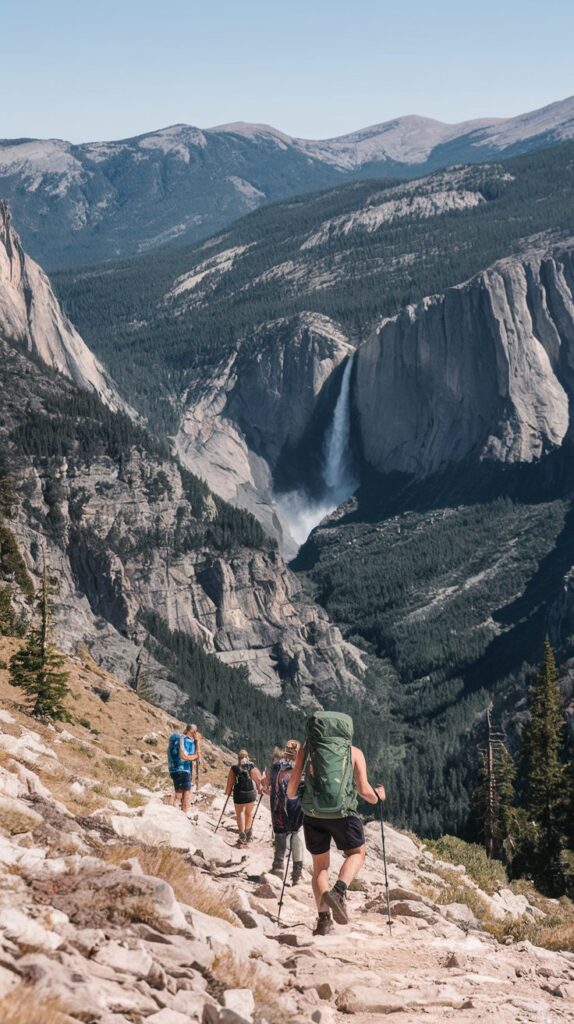
Located on the southern edge of Yosemite Valley, Sentinel Dome gained fame from a 1940 Ansel Adams photo featuring a weather-beaten pine tree atop the summit. Though the 400-year-old tree fell in 2003, the dome remains a popular hiking destination. An hour-long hike up the gentle northeast slope leads to incredible panoramic views. During the winter months, cross-country ski tours from Badger Pass offer a unique way to reach the summit.
7. El Capitan
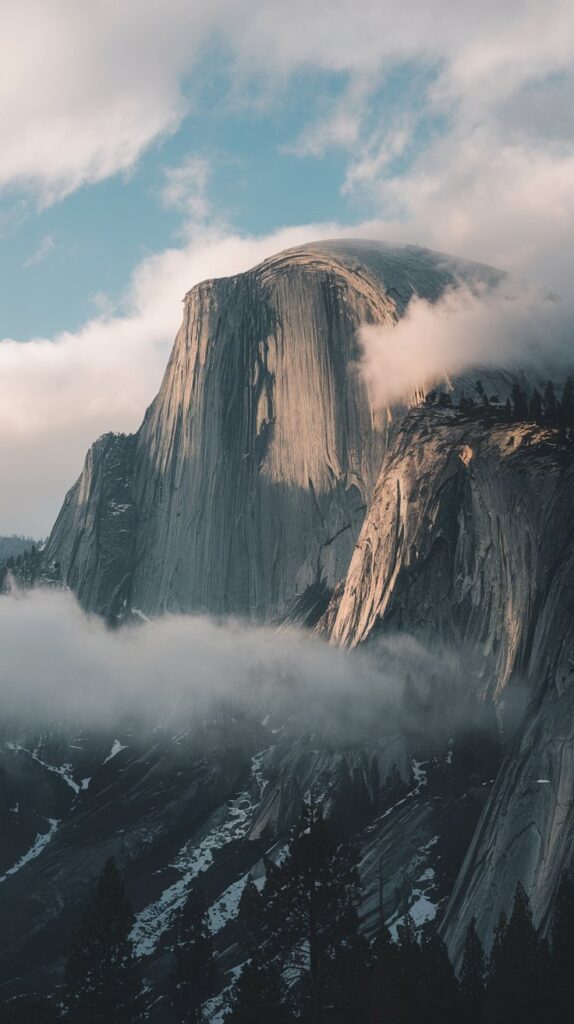
El Capitan is one of the most iconic landmarks in Yosemite—a colossal granite wall that rises nearly 3,000 feet (910 meters) from the valley floor. A magnet for skilled rock climbers, the Nose of El Capitan was first scaled in 1958 by Warren Harding, Wayne Merry, and George Whitmore. Even for those staying on the ground, El Capitan is a breathtaking sight, especially when viewed from Tunnel View, El Capitan Meadow, or near Bridalveil Fall.
6. Mariposa Grove
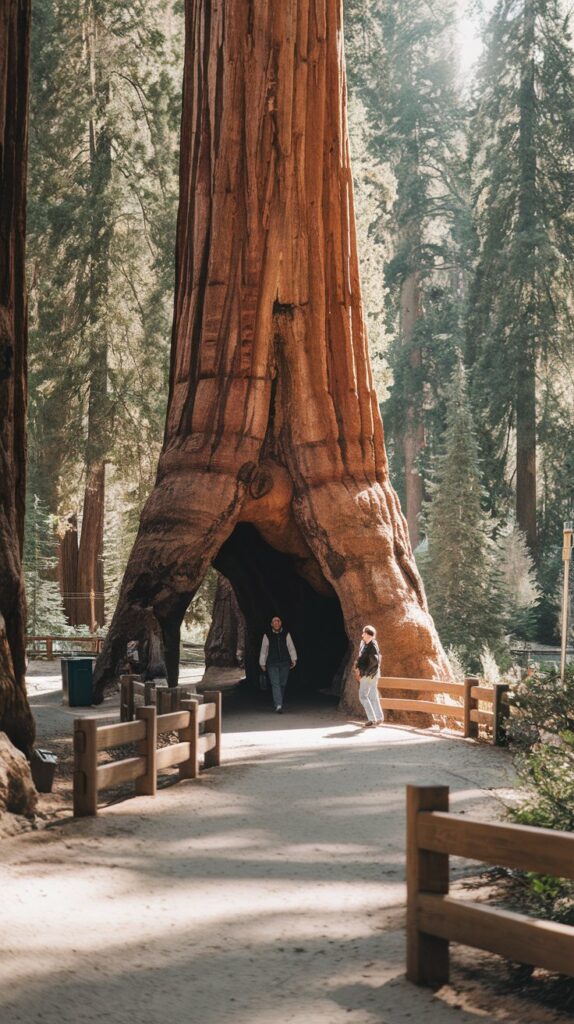
In Yosemite’s southernmost region lies Mariposa Grove, a sanctuary of ancient giant sequoias—some over 2,000 years old. Notable trees include the towering Washington tree and the California Tunnel Tree, which was carved in the 1800s to let carriages pass through. You’ll also find massive fallen trees like the Fallen Monarch. Open-air trams provide guided tours through the grove, allowing visitors to hop off and explore these giants up close.
5. Half Dome
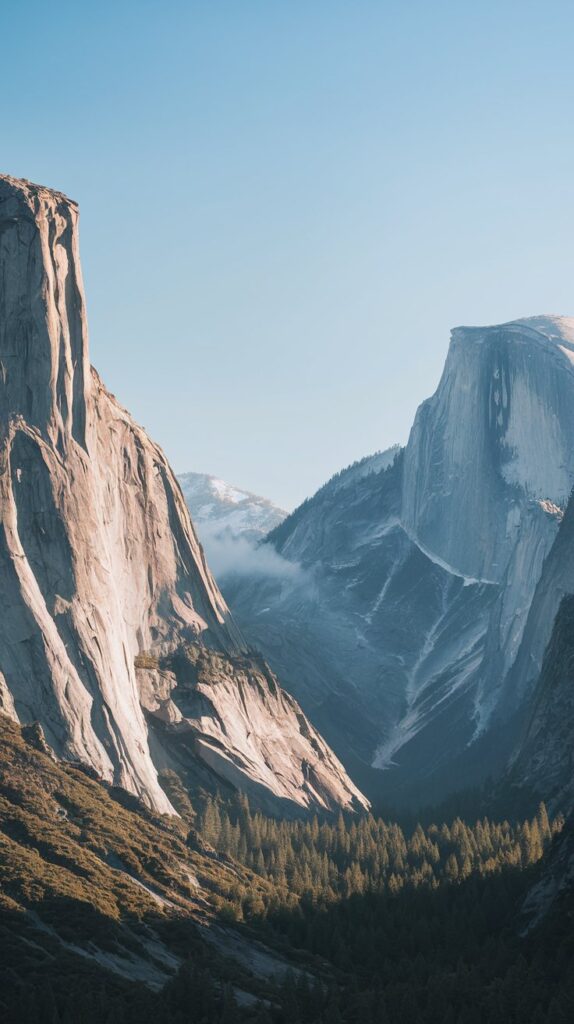
Easily Yosemite’s most recognized feature, Half Dome draws both rock climbers and hikers from around the world. Its near-vertical face has challenged climbers for decades, but visitors can also reach the summit via a strenuous day-long hike from the valley floor. The final stretch includes metal cables for support during the steep climb. If the hike sounds too intense, you can admire Half Dome’s beauty from numerous scenic viewpoints throughout the park.
4. Vernal Falls
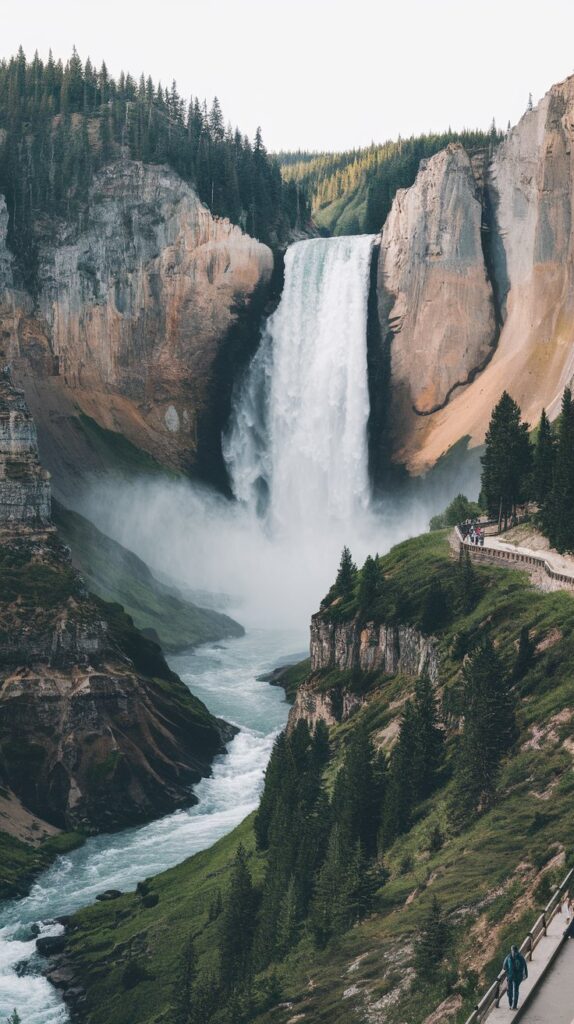
Located in eastern Yosemite Valley, Vernal Falls drops 317 feet (97 meters) into the Merced River and flows year-round. One of Yosemite’s most popular hikes takes you up more than 500 granite steps to the top. Be prepared to get wet—the mist from the falls coats the trail, making for a slippery, yet thrilling, journey. Those who prefer a gentler climb can stop at a footbridge about halfway up, which still offers lovely views of the waterfall and surrounding valley.
3. Yosemite Falls
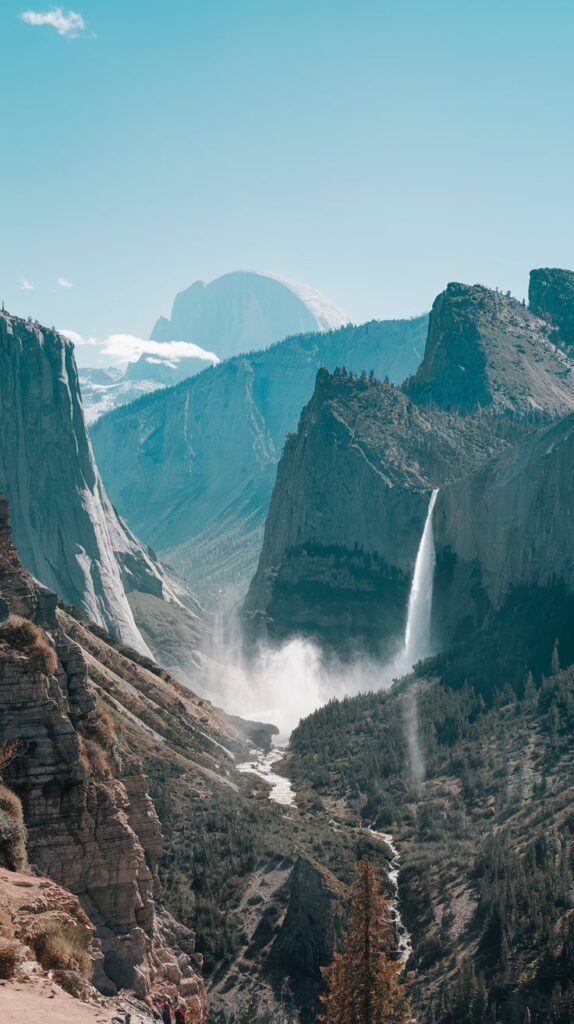
The tallest waterfall in the United States, Yosemite Falls plunges down the mountainside in three powerful tiers. Visible from several spots throughout the park, this natural wonder reaches peak flow in the spring after the snowmelt. Adventurous visitors can tackle a full-day hike to the top for sweeping views of the falls and the Sierra Nevada Mountains. Keep in mind that during drought seasons, the flow may diminish or stop entirely.
2. Tunnel View

For one of the most jaw-dropping views in all of Yosemite, head to Tunnel View. From this famous overlook, you’ll see a sweeping panorama that includes El Capitan, Half Dome, Bridalveil Falls, and the lush Yosemite Valley. First built in 1933 and renovated in 2008, Tunnel View is a favorite spot for photographers and visitors alike. Located just east of the Wawona Tunnel, it draws thousands of visitors a day during the peak season.
1. Glacier Point

Glacier Point offers one of the most spectacular perspectives of Yosemite Valley. Accessible by car, bus, or a demanding hike, the viewpoint sits high above the valley, directly across from Half Dome. The hour-long drive up Wawona Road is well worth the effort, offering scenic pullouts along the way. Once at the top, you’ll be rewarded with views that stretch across the park, making Glacier Point a highlight of any Yosemite adventure.

